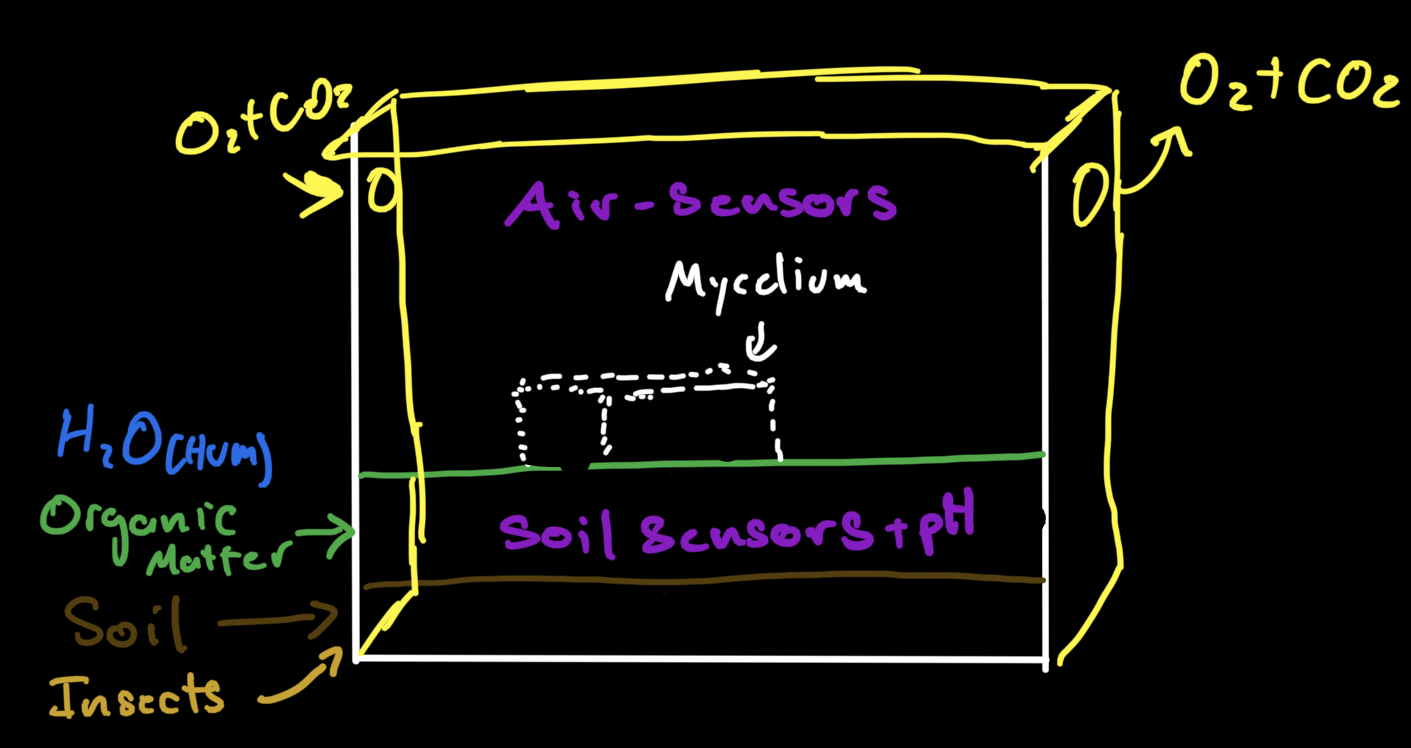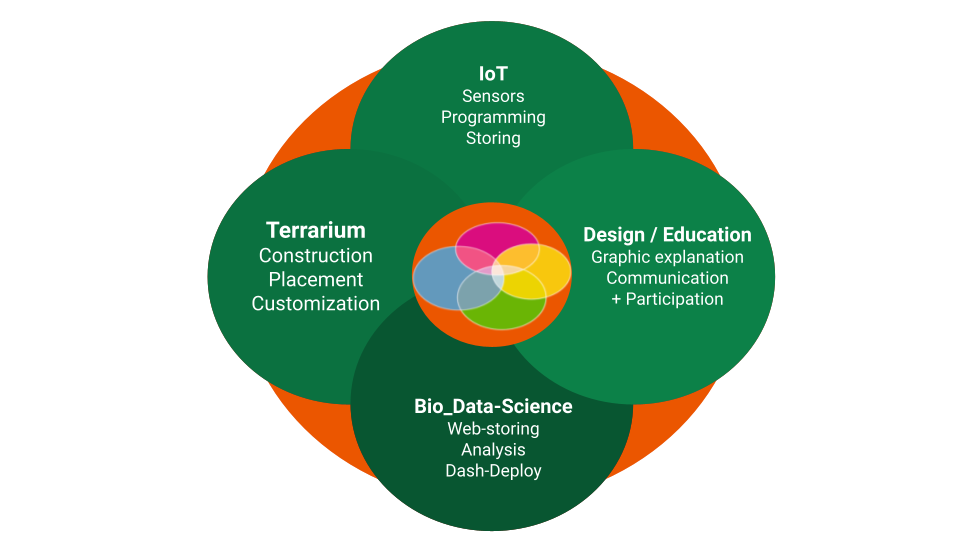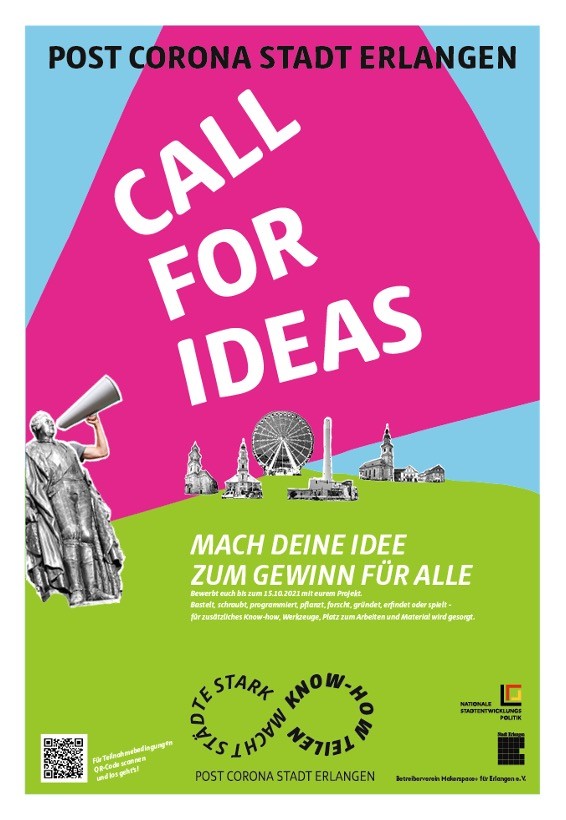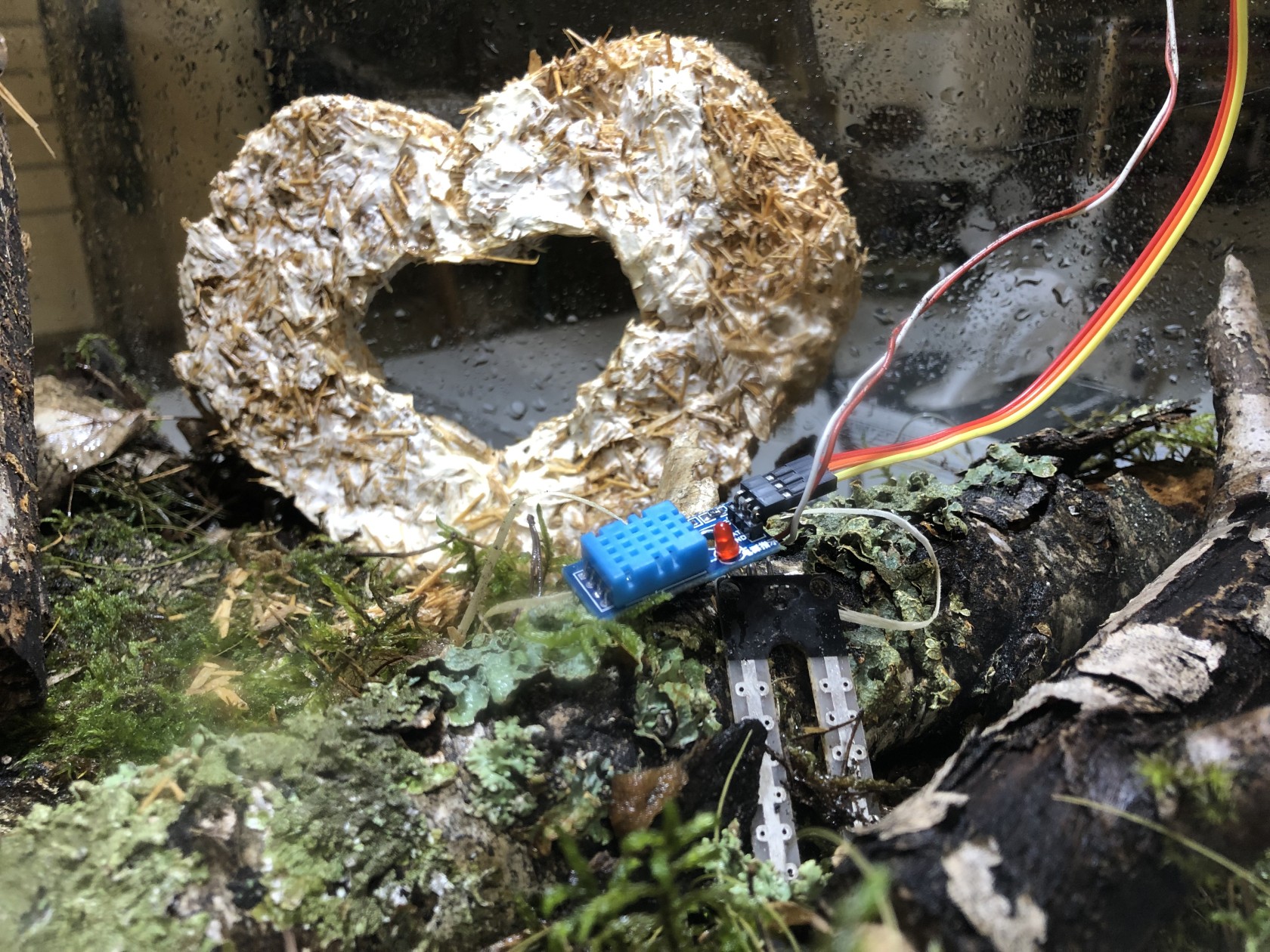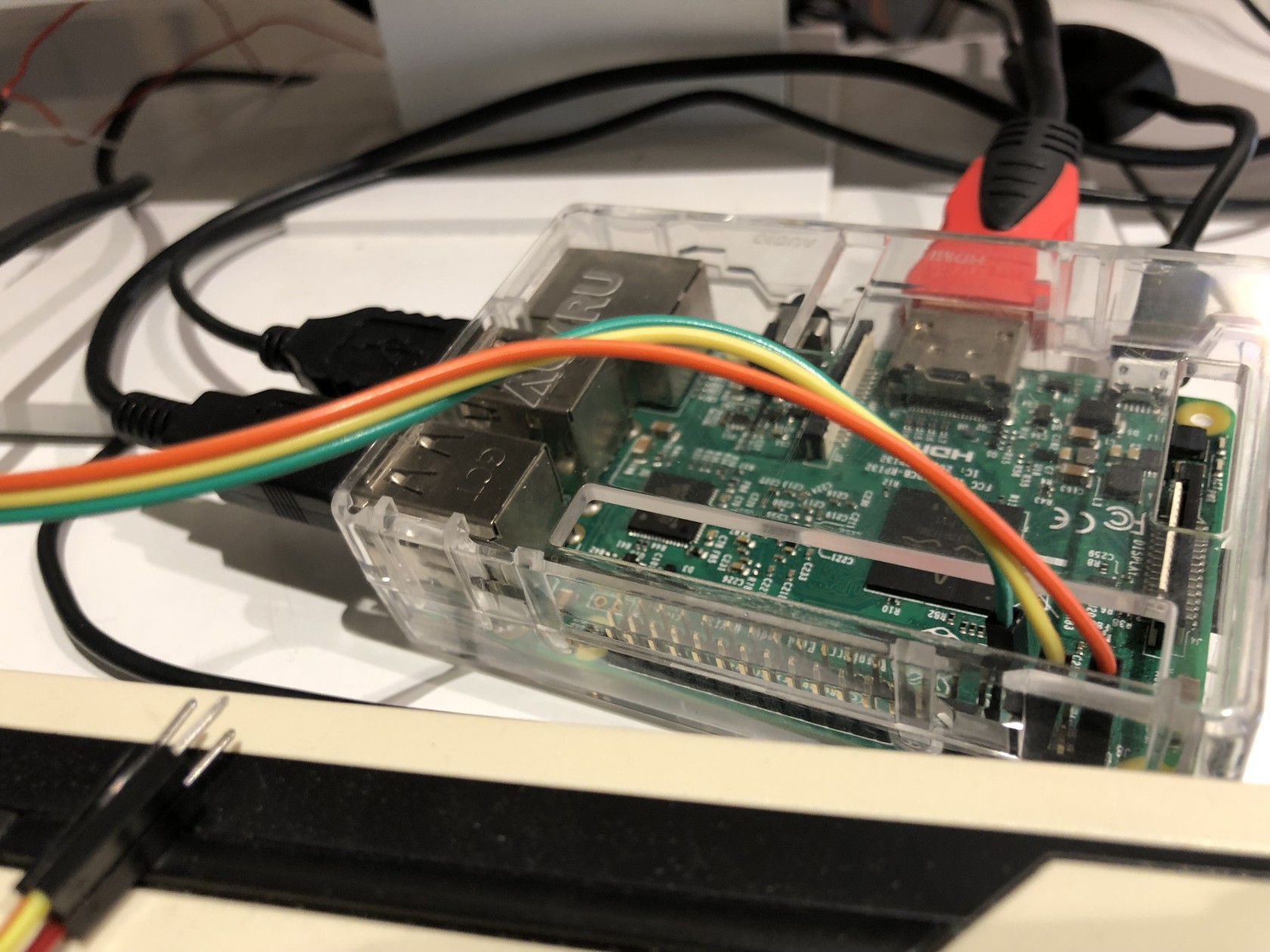Fungarium-Terrarium
Overview
A set of equally equipped terrariums will be constructed with a set of sensors for monitoring the transformation and the effects that mycelium blocks have in the soil composition. The project is a direct interjection of Biology, IoT and Environmental fields as well as to serve as an educational project.
This project will allow an involvement and collaboration across several of the workshops in ZAM such as
- Electronics
- IoT
- Bio-lab
- Media
- Art-Design
Goals
- To monitor the degradation of the mycelium block along with the effect on soil humidity and composting.
- The collaboration of the mentioned fields will create an interactive platform for monitoring in real time the procedure
- The results obtained will serve to strongly support the usage of compostable materials in consumer markets.
- Publish our data formally and delivering a trusted experiment with collaborative open science initiative
Specifications
The beginning of the projects starts by building 3 terrariums and looking at the available volume. The conditioning of the terrariums has to be equal:
- Volume
- Air exchange rate
- Water input
- Soil
- Type and size of plants
- Variety and amount of insects
- Light
Monitoring
The monitoring of the decomposition of the mycelium will be done optically using a camera. In the case of the effects that it has on the soil, those will be correlated to the concentration of different gasses in the atmosphere (air) and within the soil (buried). It is important to monitor consistently and to keep transparency in the handling of the data. We will specifically monitor the following:
- CO2 ppm
- CO ppm
- CH4 ppm
- Volatile organic gasses (VOGs) ppm
- Relative Humidity
- Temperature
- pH of soil
The data acquisition will be hourly and for as long as the mycelium block takes to become compost (200 days perhaps).
Conditions
In order to emulate as much as possible the conditions outside, a set of fans will keep the air flow and humidity controlled. Likewise, the amount of water spayed weekly will be controlled.
The Baseline scenario: Has no mycelium in it and it allows us to see the current status of soil.
The Soil-Enhancing scenario: The mycelium is intentionally spread across a surface with the intention of using its properties to enhance the soil
The Trashed scenario: The mycelium is left there without an intentional purpose, it hopes to emulate a leftover package.
Raspberry pi Interphase
This IoT section of the project is the most exciting.
The interphase will serve for the following purposes:
- Control and distribute power for the sensors and motors
- Transform electrical impulses from sensors into digital data
- Detect, collect, store and analyze data
- The data will be analyzed in an educational fashion in the fields of IoT, Biology and Environmental Science in the form of an online dashboard
- Data will be stored and made public
Work Breakdown Structure
The project is broken in 3 main section which can run simultaneously and culminate in a final build-up-deploy day:
- Construction / Conditioning
- Glass-made terrarium
- Holes or ventilators with cabling for power
- Placement on a selected window
- Monitoring / Collecting
- Sensor placement and detection
- Temp and humidity conditioning (3)
- Data collection and storing
- Analysis / Publishing
- Analyze data and explain findings
- Create interface for reporting
- Deploy repository and web-based dashboard
- Write article for media and for open science publishing
Milestones
Construction & Conditioning
Well sealed and safely positioned and secured in a window with a display for the street.
Stabilization of same temperature and humidity in the 3 terrariums
Monitoring & Collecting
Detection from all sensors and cameras with a hourly rate
Collecting and storing in SD cards and upload to repository
Analysis and Publishing
Creation of an interactive dashboard which receives real time data and presents graphed values along with their explanation in the biological sense all culminating in a web-accessible dashboard
Event for live streaming of projects and media events, writing open science publication for teaching and research journals.
Participation
Look at the teams and projects
Everyone is welcomed in more than team
Test new fields
Learn and teach
Join the sub_groups
Each group can communicate internally as they prefer
A main repository for the project and ‘official’ sub-projects will be created
Have fun, create, report the funny moments and the great work
Main project meetings
On selected dates the representatives will gather and assemble the main project.
There will be a celebration of Min 1 broadcast
Join Us!
Update 19.09.2022
We are BACK!!!!
We want to thank first of all to the PCS project initiative for providing a jump-start funds and moral support to continue this project.
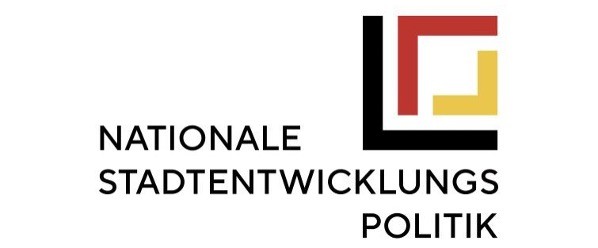
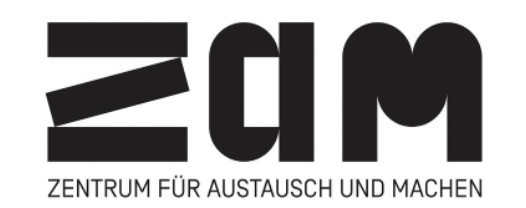
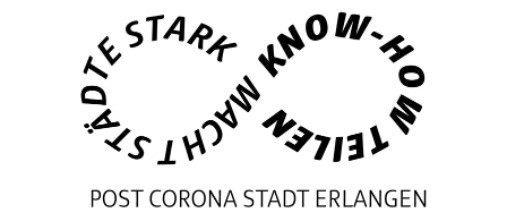
This projects intends to show the potential of ZAM and the Fungarium from several perspectives and it aims to be a corner stone of future projects.
It is time time to meet and greet.
On Wednesday 21 of September at 16:00 hrs we will hold our first introductory meeting, do not worry, we will have more introductory meetings in the future.
Outline:
-
Team Introduction
-
Project description
-
Budget and limitations
-
Timeline and objectives
-
Brainstorming solutions and ideas
-
Objectives for next meeting
We are always looking for contributions from all sorts. If this inspires you let us know how.
In this project, education, design ,art and sustainable values are mixed with technical skills, IoT set-ups and aims to introduce open-source data for others to use.
See you soon!!

